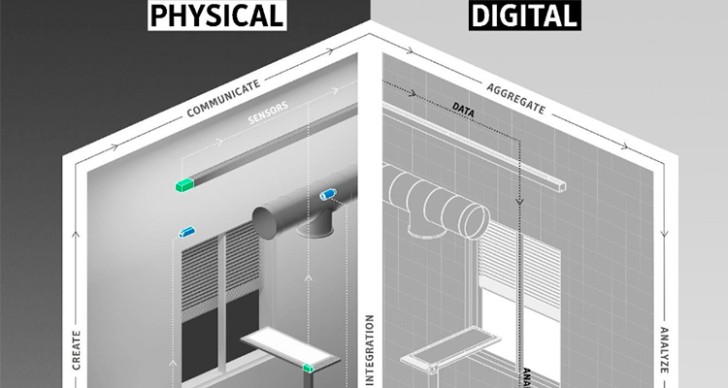
Jose Manuel Ostos Espadero
Blog / BIM & Construction Management
Categories

Have you ever wondered about the different uses of BIM inside the various fields of the construction industry? On October 3rd, José Manuel Ostos, a BIM Manager and alumnus of Zigurat’s master’s in BIM management, holds a Masterclass where he sheds some light on the BIM Implementation in Lighting Industry.
BIM, as a digital form of construction and asset operations, brings together new technologies, process improvements and digital information to radically improve client and project outcomes. It is the center of the digital transformation of the construction sector and the built environment. Digitization through BIM technology gives us the ability to manage different phases of design and construction in a more organized, more structured, more transparent and secure way while taking advantage of the interoperability of different software and delivering the maximum of added value. But how can we make these improvements? Could they be carried out with the methodologies and workflows of the past? Where is the limit we reach without the aid of new software and implementation strategies? How precise would it be and how much time would be needed for it? BIM shouldn't come as news to anyone. It is a growing global trend in different countries as a strategic tool to deliver cost savings, enhanced productivity and operation efficiencies, improving the quality of infrastructure and environmental performances. Reports forecast that wider adoption of BIM will unlock 15-25% savings in the global infrastructure market by 2025.
But let's get started with the case in hand. Why do we need BIM Implementation in a lighting manufacturing, and what benefits can we offer thanks to the digital implementation strategies? The first thing we need to ask ourselves is where we are in the integrated project delivery (IPD) and where we can contribute during the BIM building life cycle. A manufacturer of smart luminaire systems such as Regent Lighting has a lot to contribute to the design phases as well as in the maintenance and management phases of smart buildings. What if we could improve the collaboration between stakeholders, the connectivity and transparency of the project deliveries, as well as the improvement of product information management and the data deliveries? In short, we are talking about the chance to improve the relationship between building owners, manufacturers, and the end-user through well-implemented digital strategies.
Light has, for a long time, been much more than just the source of illumination in the environment. The latest Internet of Things (IoT) technologies and the digital planning method Building Information Modelling (BIM) will open new horizons for more efficient building management. Currently, Regent Lighting supplies smart luminaires and offers innovative lighting solutions in response to the digitalization challenges. What if we took a step forward? Our vision is to help in the digitalization of the construction sector to guarantee the Non-Loss-Information until the end of the building's life cycle, so the generated information serves in the connection and management of smart buildings? What if we could create a Digital Light Twin strategy, as well as Digital Light Project deliveries? To ensure a successful digital implementation we must take the challenge of solving the following questions:


Jose Manuel Ostos Espadero